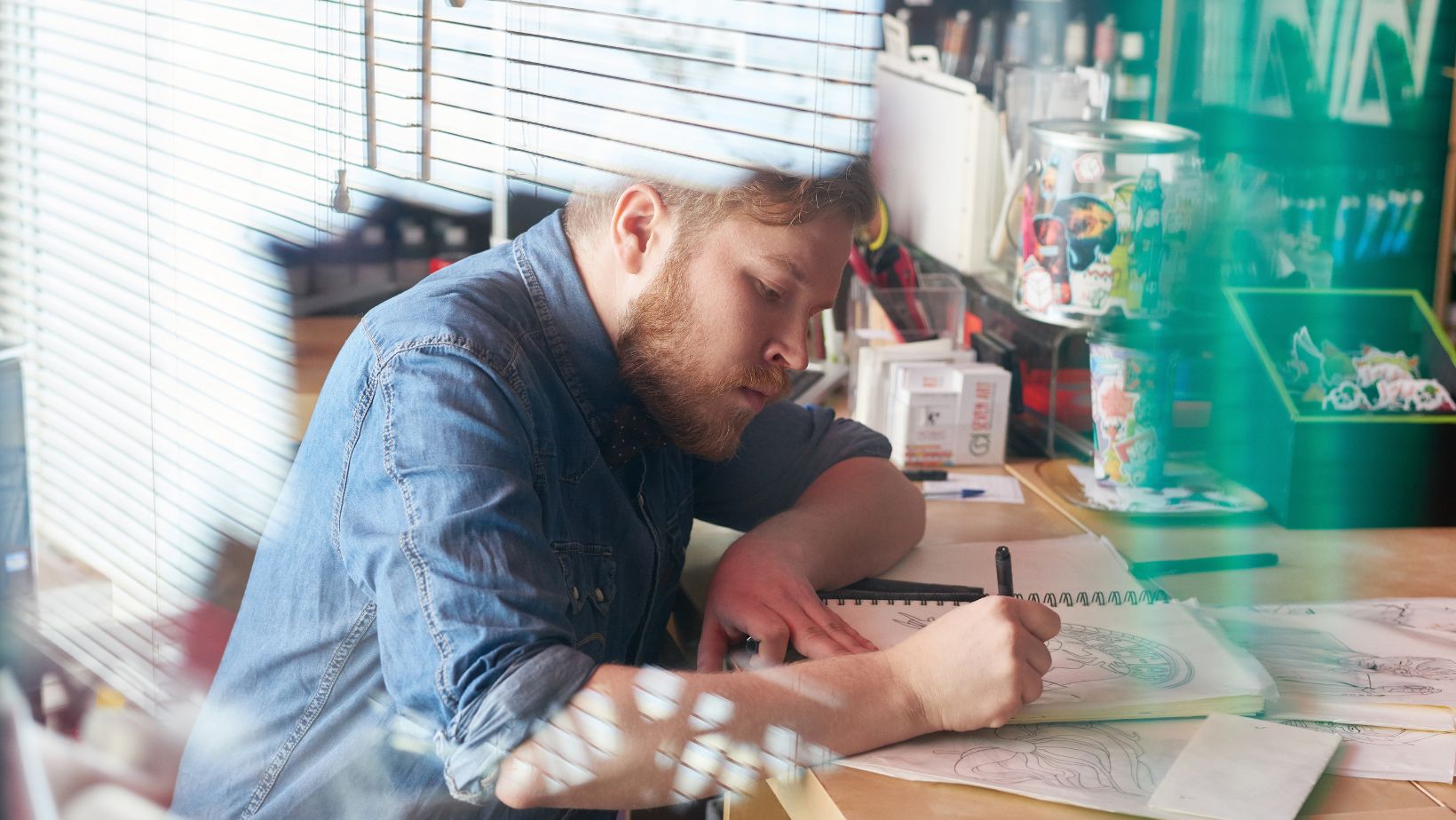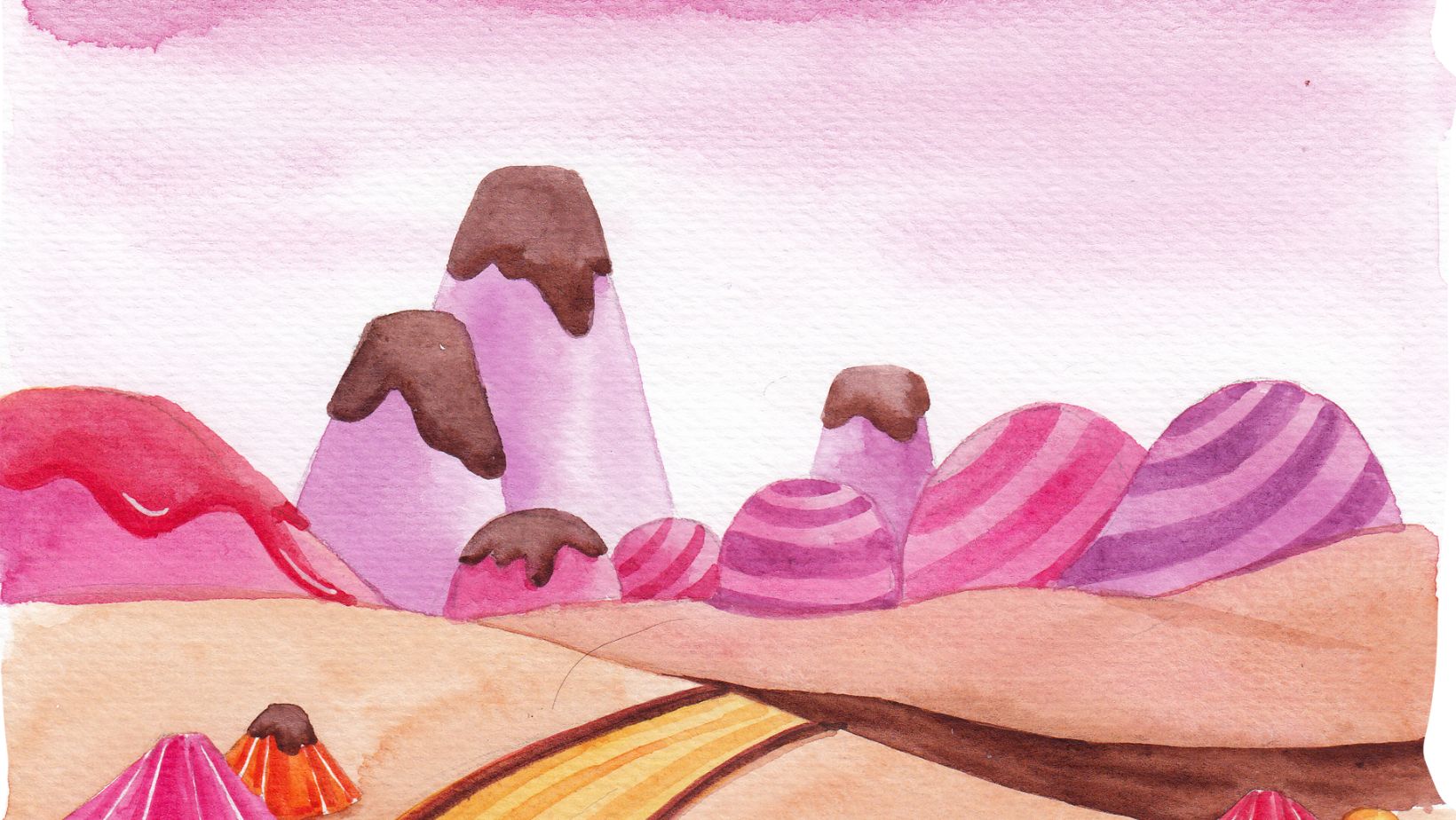Table of Contents
ToggleHow to Mask an Image in Illustrator
I’ve been working with Adobe Illustrator for quite some time now, and one feature that never fails to impress me is the ability to mask images. This powerful tool allows you to manipulate and control the visibility of your artwork in a non-destructive way, opening up a new world of creative possibilities. So today, I’m going to share some masking examples and guide you through the process on how to mask an image in Illustrator.
If you’ve ever wondered how designers create those visually striking images where one picture seems to seamlessly blend into another or where an image takes on a whole different shape – chances are, they’ve used masking techniques. The concept might seem daunting at first but bear with me as I break it down for you.
In Illustrator, there are two primary ways of masking: Clipping masks and Opacity masks. Each serves its purpose and can be chosen according to what fits best with your design needs. Whether it’s making certain elements pop out or creating intricate design details, knowing how to effectively use these tools can really elevate your design game!
Understanding the Basics of Image Masking
Let’s dive right into it. Image masking, in a nutshell, is a technique used to hide or reveal specific parts of an image. Now you might be thinking, “why would I want to do that?” Well, let’s say you’ve got this fantastic picture; however, there are elements distracting from its beauty. That’s where image masking steps in to help.
In Adobe Illustrator specifically, we use what’s known as Clipping Masks. This tool works by using one object (the mask) to hide or display portions of another object (the artwork). Think of it like putting a stencil over your work – what’s underneath the cutouts is displayed; the rest stays hidden.
To give you some real-world context, imagine designing a brochure for an event. You have an amazing photo that portrays the event vibe just right but has unnecessary background elements. Using Illustrator’s Clipping Mask feature will allow you to keep the main subject and discard those unwanted distractions.
It may seem daunting at first glance, but once mastered, it becomes second nature – just like riding a bike! The best part about learning how to mask in Illustrator? It opens up new possibilities for creativity and design precision.
Here are few key points:
- Clipping Masks are objects in Illustrator used to mask other artwork.
- They enable designers to control which areas of their art should be visible.
- Mastering this tool can significantly increase your design capabilities and precision.
My final piece of advice? Don’t get discouraged if it doesn’t click immediately. Like any new skill set, mastering image masking takes practice and patience. Happy designing!
Getting Started with Adobe Illustrator
Diving right into the world of Adobe Illustrator, it’s crucial to get a grip on its basics. This powerful design software is a part of my daily routine as an expert graphic designer, and I can assure you that mastering it will unlock endless creative possibilities for your work. Let’s start our journey towards learning how to mask an image in Illustrator.
To begin with, fire up the program and create a new document. Choose the size according to your project needs or go for the preset templates if you’re unsure. You’ll find yourself looking at a blank canvas – intimidating, maybe; but remember, every masterpiece starts from scratch!
Next up is understanding the workspace layout. Adobe Illustrator’s interface might seem overwhelming at first glance – don’t fret! It’s filled with numerous tools and panels tailored to make your designing process seamless. From simple selection tools to complex gradient mesh tools – they’ve got you covered. Spend some time exploring them; knowing what each tool does is half the battle won.
Get familiar with layers too – they’re your best friends in organizing your artwork efficiently. Think of them as multiple transparent sheets stacked on top of one another where each sheet contains different parts of your design.
Let me tell you something important about colors too – working with them in Illustrator opens up a vast spectrum (pun intended!). You’ll be dealing with stroke (outline) and fill (inside) colors quite frequently while masking images.
Now that we’ve set our foundation strong, we’re ready to delve into “Masking Examples – How To Mask An Image In Illustrator. Masking might sound complicated but trust me when I say it’s simpler than you think! So buckle up as we embark on this exciting journey together!








